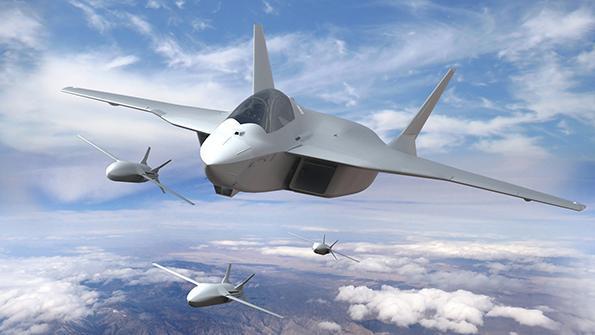
Credit: Airbus Defense and Space
LYON, France—The trinational Future Combat Air System (FCAS) team is considering various arrangements between the New Generation Fighter (NGF) and its associated remote carriers, aiming to 2027 for first flight of the demonstrators. In the “combined project team,” based in Arcueil outside Paris, 26...
Subscription Required
This content requires a subscription to one of the Aviation Week Intelligence Network (AWIN) bundles.
Schedule a demo today to find out how you can access this content and similar content related to your area of the global aviation industry.
Already an AWIN subscriber? Login
Did you know? Aviation Week has won top honors multiple times in the Jesse H. Neal National Business Journalism Awards, the business-to-business media equivalent of the Pulitzer Prizes.





